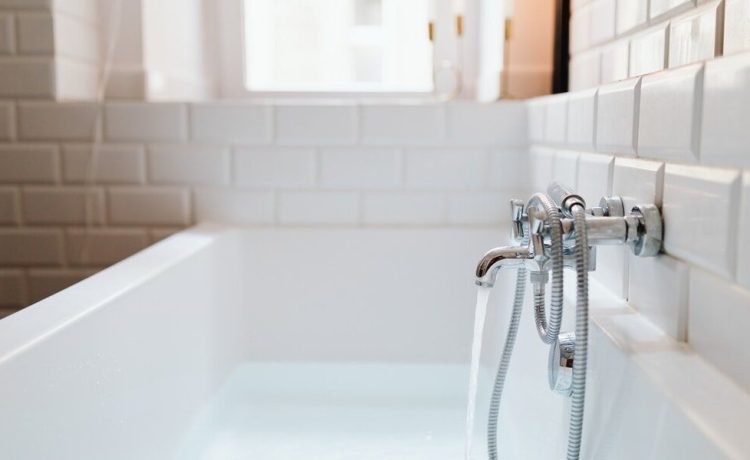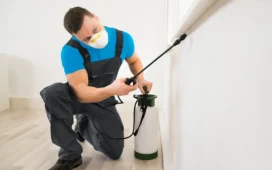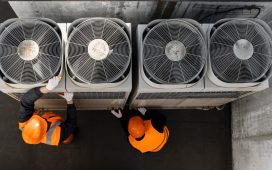Dripping or sputtering faucets that never fully deliver normal water flow are some of the most annoying household plumbing issues. Low flow and pressure at faucets prevent completing basic tasks efficiently. While some pressure loss comes naturally from aging pipes, significant reductions usually stem from several correctable causes.
Clogged faucet aerators
The most obvious source of restricted water flow is clogged aerator screens at the tip of faucets. These screens are designed to catch grit and sediment but gradually get obstructed over time. Mineral deposits from hard water also contribute to aerator clogs.
- Unscrew the aerator head and disassemble from the faucet.
- Rinse grit and debris from the screen. Soak in vinegar to dissolve hard water deposits.
- Use a stiff brush or pick to clear stubborn debris clogging the flow restrictor.
- Reassemble the aerator and confirm full pressure is restored.
Partially closed supply valves
The shutoff valves located under sinks control water supplied to faucets and appliances. If these knob-operated valves are slowly closed over time from mineral deposits or corrosion, water flow becomes limited. Try opening valves fully to restore normal flow. Replace old valves if necessary. Hard water rich in minerals like calcium and magnesium gradually leaves behind stubborn deposits inside pipes and fixtures. Supply lines, faucet fixtures, and aerators all become obstructed over time resulting in lower pressure and flow. Removing the scale requires:
- Vinegar or descaling chemical soaks to dissolve minerals
- High-pressure hydro jetting to scour pipes clean
- Water softeners prevent scale from accumulating
Excessive friction loss
The longer the distance and more connections and elbows along the supply pipes, the greater the friction loss experienced. It causes distant fixtures to suffer pressure drops. Replacing corroded old pipes with new smooth pipes addresses this issue. Homes on well water require pressurized pumps to deliver water. As these pumps age and wear out, pressure and flow drops become noticeable at faucets first. Rebuilding or replacing pumps alleviates low-pressure problems. Vents allow air to enter plumbing systems to prevent vacuum pressure drops during draining. If vent stacks on roofs become obstructed, lower pressure results. Maintaining pressure requires cleaning vent openings. Vaucluse plumber, click here to check out for more details.
High demand periods
Water pressure decreases during peak usage times for several household fixtures at once. Mitigate by avoiding water-heavy activities at prime times to improve pressure. In some multi-family housing arrangements, water supply lines are shared between units and branches. It creates occasional pressure drops when heavy use occurs in neighboring units. Old 1/2-inch supply pipes to kitchens, baths, and laundries provide insufficient capacity for most modern households. Re-piping with 3/4 or 1-inch pipes delivers the pressure and volume needed. Mechanical regulators along main home lines and branch fixture lines control water pressure. However, as these regulators fail over time, they unduly restrict water flow.



















